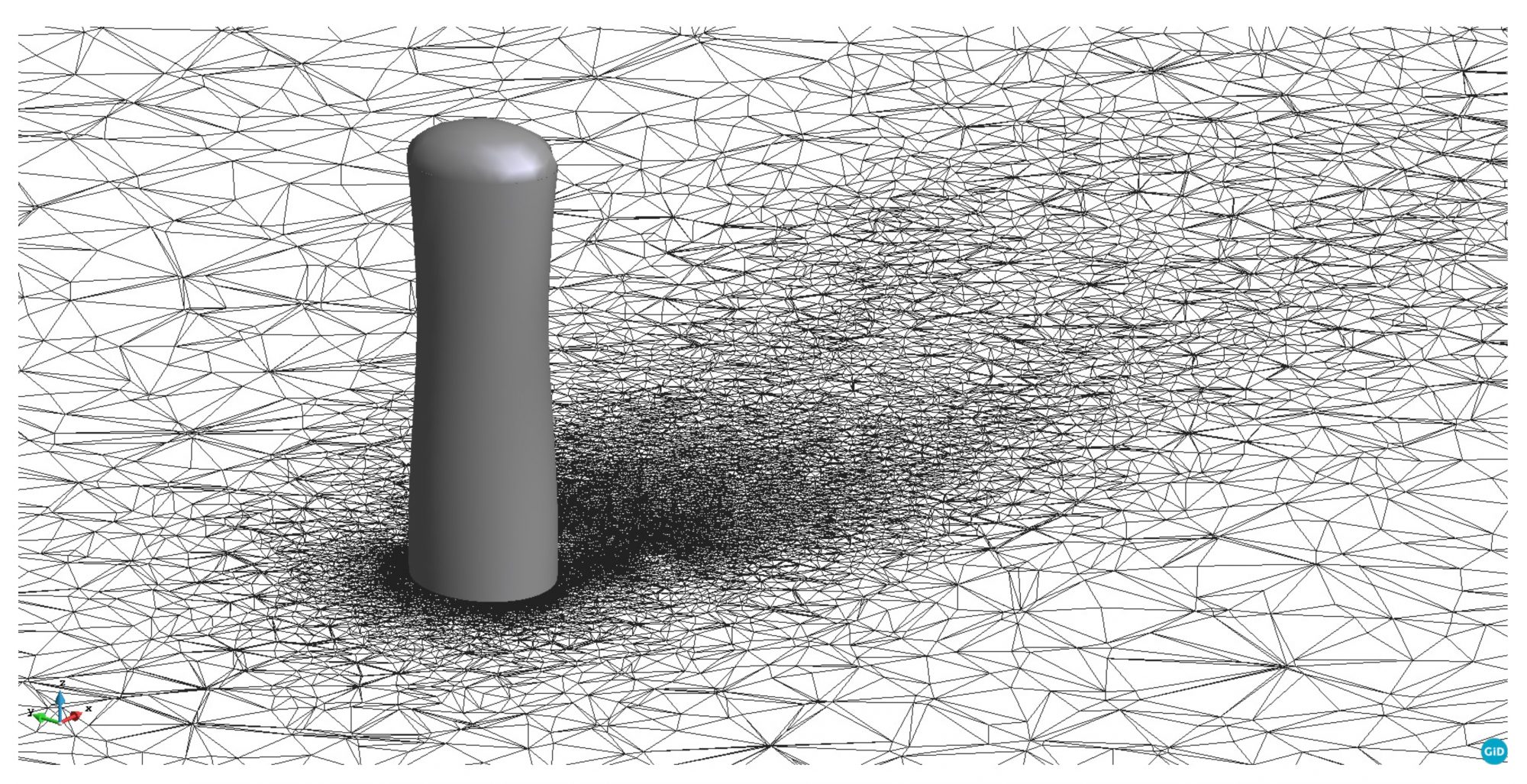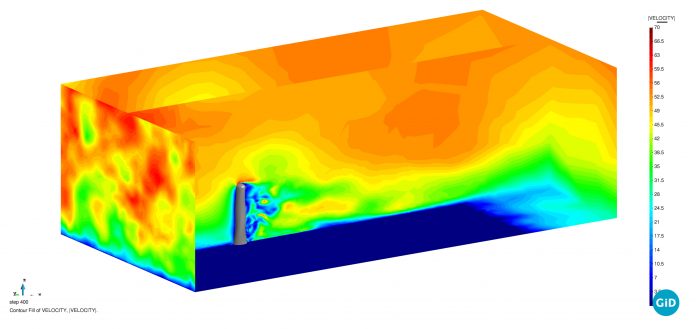Professors Fabio Nobile and Riccardo Rossi discuss why computer simulations are nowadays routinely used in many domains of physics and engineering
The exceptional increase of computing power in the last decades has opened unprecedented possibilities to use computational models and computer simulations as quantitative tools for the prediction and design of complex systems.
Computer simulations are routinely used nowadays in many domains of physics and engineering, for example, in the design of new molecules or materials, to improve the aerodynamics of vehicles, to monitor the health of civil structures, for weather forecasting, just to name few application fields.
These types of simulations rely on mathematical equations derived from physical principles such as mass, momentum and energy conservation and find only approximate solutions of such equations, whose accuracy is related to the spatial and temporal resolution at which the underlying physical quantities are described. Modern supercomputers allow us to reach resolutions that were unimaginable just a few years ago. This comes, however, with challenges on the capability to fully exploit the computing power of these incredible machines. Another dimension of computational sciences that has emerged in the last two decades is the need to include the effects of uncertainties in computational models and simulations scenarios to make more robust predictions and designs.
This is precisely the focus of the European H2020 project “ExaQUte” (Exascale Quantification of Uncertainties for Technology and Science simulation), which involves several institutions across Europe. (1) The project targets applications in civil engineering and aims at quantifying the effects of the wind action on the mechanical response of high-rise buildings. Geometric parameters such as tapering and twisting influence greatly the aerodynamic performance of buildings, however architectural considerations are also paramount to the “success” of a building, thus implying that a consensus needs to be reached between aesthetics and engineering needs.
Simulation tools are extremely useful to model the randomness in wind conditions (direction, intensity of wind gusts, etc) to predict the loads on high-rise building due to different wind conditions, and to assist in the design phase of such buildings, for instance by improving their shape and make them more resilient to extreme wind conditions.
Uncertainty quantification and robust design
Simulating the flow around a high-rise building with high resolution in strong wind conditions has a very high computational cost, of the order of hours of computations on a supercomputer. To properly quantify the uncertainty of the loads on the structure due to the variability in wind conditions, one needs to run many simulations and explore many different wind scenarios, an approach that is usually referred to as “Monte Carlo”.
A full uncertainty quantification analysis at high resolution, not to mention the robust design optimisation process, is out of reach even with modern computational resources and constitutes a major challenge.
The key technology that has been exploited in the ExaQUte project to address this challenge consists in combining simulations performed at different resolutions in an optimal way. The idea behind this is that simulations at lower resolutions can still provide useful information on the load’s uncertainties, although not sufficiently accurate for design purposes. Therefore, most of the uncertainty can be captured by “cheap” low-resolution simulations, the result then being corrected by running only few “expensive” simulations at higher resolutions. This approach is known as Multilevel or Multifidelity Monte Carlo, and has been achieved by developing an algorithm that progressively “learns” from the outcomes of already completed simulations, the optimal resolution levels to use as well as the optimal allocation of resources among those levels. In particular, low-resolution simulations may be reached by aggressively reducing the spatial resolution only in “uninteresting” regions (mesh adaptivity), by shortening the time horizon of the simulation or even by switching to simpler mathematical models which neglect some physical processes.
Toward Exascale computing
Modern supercomputers are collections of hundreds of thousands of interconnected CPUs (central processing units) and GPUs (graphics processing units), able to perform up to 1015 operations per second (petascale computing). The next generation of supercomputers (expected in the immediate next years) will be up to 1000 times faster (exascale computing). This is a great opportunity for computational models and simulations and, at the same time, a great challenge as suitable algorithms must be developed, which are capable to exploit efficiently the available computational resources (a field referred to as “high-performance computing” – HPC). The challenge resides in the difficulty of coordinating the calculations performed by the different computing units and avoiding that some of them remain idle waiting for the others to complete their tasks.

A major effort has been devoted in the ExaQUte project to develop algorithms that fully exploit the parallelism in multilevel/multifidelity Monte Carlo simulations for robust wind engineering designs, making them ready for the exascale computing era.
Opportunities and challenges in wind engineering
The fast increase of computing power, combined with the recent and future advancements in computational methods and HPC for wind simulations and uncertainty quantification is providing unequalled capabilities with the potential of partially replacing costly wind tunnel experiments and improving aerodynamic predictions and design in wind engineering.
References
(1) ExaQUte” (Exascale Quantification of Uncertainties for Technology and Science simulation), grant agreement 800898, http://exaqute.eu/
ExaQUte has received funding from the European Union’s HORIZON 2020 Research programme under the Grant Agreement no.800898.

Please note: This is a commercial profile
© 2019. This work is licensed under CC-BY-NC-ND.











